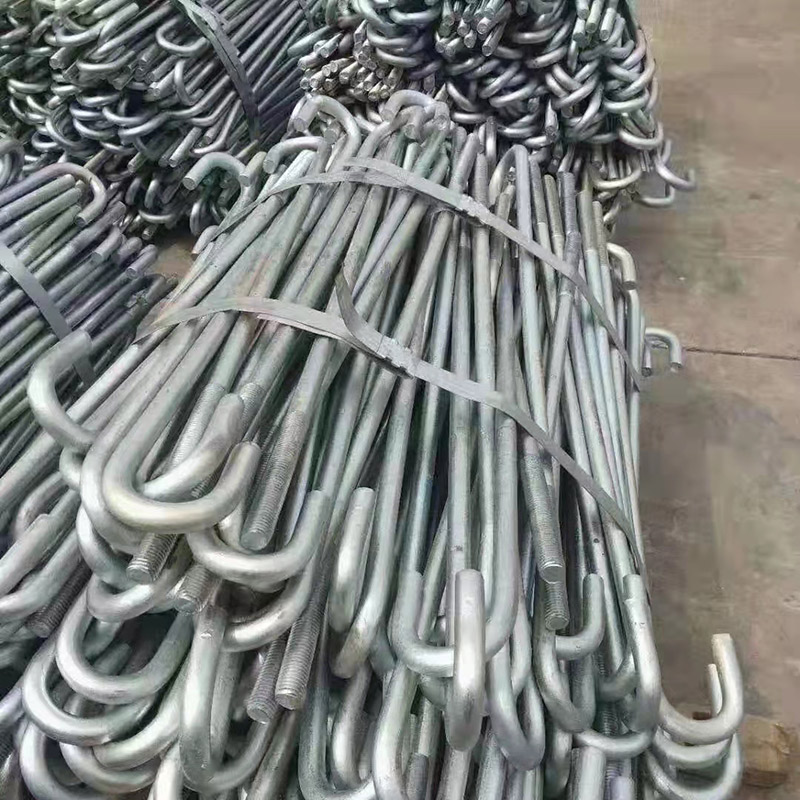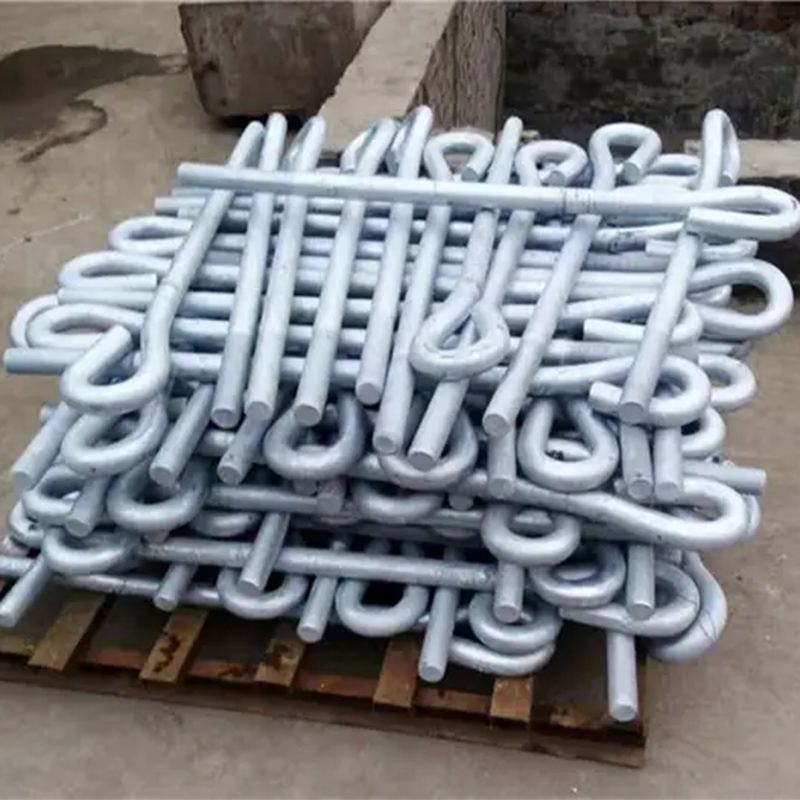Reviews and recommendations are unbiased and products are independently selected. Postmedia may earn an affiliate commission from purchases made through links on this page.
When it comes to anchoring things to masonry, the process is not as simple as working with wood or drywall. Most homes require anchoring to masonry at some point, and there are three popular methods for making this happen: Astm A 490

Understanding the differences between these three approaches will help you select the best option.
Subscribe now to read the latest news in your city and across Canada.
Subscribe now to read the latest news in your city and across Canada.
Create an account or sign in to continue with your reading experience.
Don't have an account? Create Account
Masonry anchors that thread directly require a precise size of predrilled hole and are suitable for both small and large loads. On the light-duty end is something called “tapcon” screws, named after the company that popularized them. They’re like a deck screw, except that they have threads designed to grip directly into concrete and brick. Hole diameter is key for success, and the best tapcon-type screws come with a masonry drill bit to ensure you get the hole size right.
Threaded anchors come in much larger sizes too, and I happen to be using some made by DEWALT for a big project right now. This is the brand that’s most commonly available in Canada. Like their smaller tapcon cousins, big concrete anchors have threads that grip masonry directly, delivering tremendous strength. An engineer friend of mine who designed the foundation I’m building tells me the 3/4” diameter version of these threaded anchors have a pull-out strength of around 10,000 pounds.
Pros: Simple installation and high strength with larger anchors
Cons: Need a precise hole size and won’t re-thread well if removed and replaced.
These look like large bolts, but with only a nut on one end and no head. Drill a hole, hammer the anchor in, then tighten the nut on top. Tightening activates wings or wedges that expand and grip the inside of the hole.
Pros: Simple, fast installation with lots of strength.
Cons: More expensive than other options; may cause masonry cracking if installed closer than 1 1/2” from an edge.
This involves injecting epoxy into a hole drilled in masonry before inserting a threaded rod or bolt. Once the epoxy cures, it creates a bond between the masonry and the object being anchored.
Epoxy offers several advantages over threaded and expanding anchors. They can be used in weaker, older concrete, and since they don’t exert sideways force in the hole, they can be used closer to edges than expanding anchors. Epoxy also allows for slight adjustments in anchor location before the epoxy firms up.
Pros: Strong, simple and forgiving to install
Cons: Epoxy anchoring products are more expensive than threaded options, and they require the inside of holes to be clean, free of dust and dry.
Drilling in concrete, brick and stone is not the same process as drilling in wood. Besides needing a carbide drill bit, you’ll need the right drill, too. For holes smaller than 3/8” diameter, use a hand-held drill with “hammer” capabilities. This means a high-frequency pounding action is imparted to the drill bit, in addition to rotation. Many cordless drills have hammer capabilities these days, and this makes drilling progress at least 3x faster. For holes 3/8” and larger, rent or borrow what’s called a rotary hammer. This delivers the same high-frequency pounding action as a hammer drill, but much more power. I’m currently using the fastest rotary hammer I’ve had the chance to use. It’s a DEWALT cordless model and it sinks a 3/4” diameter hole in stone that’s harder than concrete at a rate of about 1” every 5 seconds. I’ve used rotary hammers for decades and never seen a model this fast.
Anchoring in masonry is not a one size fits all approach, but choosing the best hardware for a given job is the biggest step towards success.
Steve Maxwell has been anchoring things big and small in masonry for 40 years. Join his handyman community at www.HandyPro.Tips for answers to questions about home improvement, renovation, woodworking and more.
Postmedia is committed to maintaining a lively but civil forum for discussion and encourage all readers to share their views on our articles. Comments may take up to an hour for moderation before appearing on the site. We ask you to keep your comments relevant and respectful. We have enabled email notifications—you will now receive an email if you receive a reply to your comment, there is an update to a comment thread you follow or if a user you follow comments. Visit our Community Guidelines for more information and details on how to adjust your email settings.
To contribute to the conversation, you need to be logged in. If you are not yet registered, create your account now - it's FREE.
365 Bloor Street East, Toronto, Ontario, M4W 3L4
© 2023 Ottawa Citizen, a division of Postmedia Network Inc. All rights reserved. Unauthorized distribution, transmission or republication strictly prohibited.

Wedge Anchor Fastener This website uses cookies to personalize your content (including ads), and allows us to analyze our traffic. Read more about cookies here. By continuing to use our site, you agree to our Terms of Service and Privacy Policy.